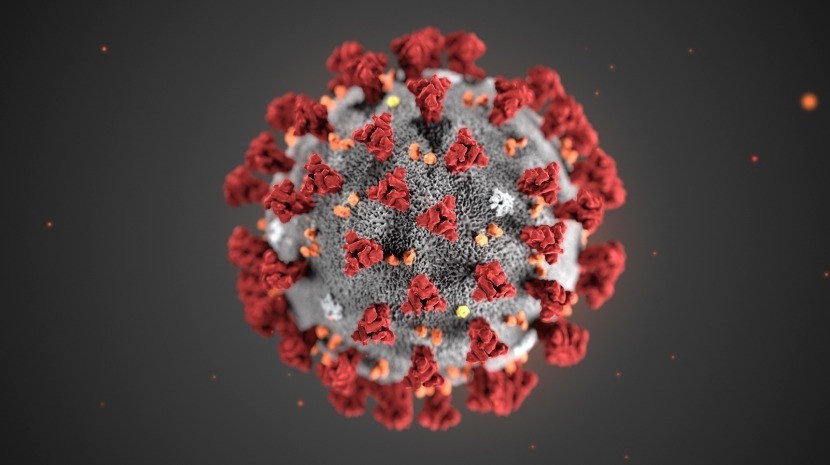In August this year, a super computer genetic study of 17,000 Covid samples was analyzed by the Summit Supercomputer which highlighted several interesting details about the way the Severe Acute Respiratory Syndrome 2, SARS-CoV-2 virus affects our bodies, and with it a new set of potential treatments.
During the trials the computer identified a common pattern of gene activity in the lungs in Covid affected patients compared to non-sufferers which has given scientists and researchers a lead in treating the virus.
The results, which have been published in journal eLife by Daniel Jackobson, Chief Scientists for Computational Systems Biology at Oak Ridge National Lab in Tennessee, states that it all centres around a naturally occurring compound produced in the body called Bradykinin. Bradykinin is the body’s natural blood thinner which is used to regulate blood pressure through the dilation of blood vessels, making them slightly more permeable which lowers blood pressure.
What Daniel Jacobson and his team discovered was that Covid prompts the body to create excessive amounts of Bradykinin, called a ‘Bradykinin storm’, while at the same time suppressing the genes that naturally break this compound down, making blood vessels weaker as they become more permeable. As such those infected start to show various symptoms including a dry cough, myalgia, fatigue, nausea, vomiting, diarrhoea, anorexia, headaches, decreased cognitive function, arrhythmia, cardiac arrest as well as some not so common symptoms, such as bruising of the toes.
The original theory is that the virus enters the body through the ACE2 receptors, most of which are situated in the nose (which is why you need to wear a mask that covers your nose and not just your mouth), as well as in smaller amounts in the heart, kidney’s and intestines. Unfortunately, not only can the virus enter through these receptors it can manipulate them as well. And what it does, is fiendishly clever. Not only does it infect ACE2 receptors it ‘actively hijacks the body’s own system, so that the body inadvertently sends them to areas that usually have low to medium densities of these receptors, such as the lungs.’
As one report stated “In this sense, COVID-19 is like a burglar who slips into your home through the unlocked second-floor window and starts to ransack your house. Once inside though, they don’t just take what they want — they also throw open all your doors and windows so their accomplices can rush in and help themselves – euronews.”
In addition, the SARS-CoV-2 increases levels of ACE2, which lowers blood pressure and works against another enzyme known as ACE, which effectively leaves the door wide open for Bradykinin storms to occur.
As the Bradykinin storms create permeability in blood vessels it affects the lungs by filling them with fluid, leaving patients gasping for air, even when they are on ventilators. In effect, fluid literally pours into the lungs, which in themselves have turned into sponges. To complicate matters further, the virus stimulates the production of hyaluronic acid, which is the primary component of snail slime, so not only is it slimy, it can absorb 1,000 times its own weight in water, leaving sufferers to suffocate and die.
Fortunately, data released through their research has shown that there are several different treatments that could repress the effect that Bradykinin has on the body. These include compounds such as icatibant (a potent bradykinin receptor antagonist), danazol (a synthetic steroid), stanozolol (Tautomeric form of Stanozolol), ecallantide (NSAID and analgesic), berinert (An endogenous serine protease inhibitor ( SERPINS)), cinryze and haegarda, all of which have shown to reduce Bradykinin levels. Even vitamin D could play a role in future drug development.
Watch this space for future developments.
Samantha Gannon
info at madeira-weekly.com
Sources
euronews.com
N.I.H US National Library of Medicine
Spectrum.ieee.org




